#Qi style
Photo

Figure 1. Jiang Qingji’s fan calligraphy, UWM Special Collections (cs 000092).
Graduate Research: Chinese Scroll and Fan Work,
Part 11
Today we continue our exploration of calligraphic scripts in Chinese fan work, with further examples of Zheng vs. Qi approaches.
Figure 1 is a fan text written in a cursive script. According to Tai Jingnong (1902-1990), a scholar in Chinese poetry, calligraphy, and painting, cursive scrip first appear in the Han Ju Yan Wooden Slips, which were created from the Han (206 BCE-220 CE) to Jin Dynasty (265-420 CE).The cursive script from this period, such as that found in Monthly and Seasonal Records of Military Supplies from the Kuang-ti South Platoon in the Yung-yüan Era , originated from the hurried writing of the older clerical script (see my last blog).
In this fan, Jiang Qingji (1820-1880) copied a section of A Narrative on Calligraphy by Sun Guoting (646–691, see my blog on Zhang Jian), a very important treatise summarizing the esthetic values of Chinese calligraphy. However, the copying of the text is as far as the similarity goes. For Jiang 敏 in Figure 2 (a), the undulation of the brush breaks the stroke for a staccato thickening-and-thinning effect, whereas Sun’s counterpart in Figure 3 (a) is much more smooth and legato --- a typical characteristic of cursive script canonized by the calligraphic sage Wang Xizhi (303-361 CE, Figure 3 (b)). The variance, angularity, and exaggeration imbue Jiang’s brush with a strong sense of design.

(From left to right):
Figure 2 (a) : Detail from Figure 1
Figure 2 (b): Analysis of the Last Stroke in Figure 2 (a), made by Jingwei Zeng
Figure 2 (c): Detail from The Stele of Xuanmi Pagoda

(From left to right):
Figure 3 (a): Detail from Sun Guoting’s The Manual on Calligraphy
Figure 3 (b): Detail from Wang Xizhi’s On the Seventeenth Day
Figure 3 (c): Detail from Lu Ji’s Recovering from Illness
Figure 3 (d): Detail from Liu Sha Zhui Jian
Jiang’s design is much more apparent in 敏’s last brush (Figure 2 (a)). The brush tip goes rightward first, creates an angle, then makes a circle before it goes back to form a sculptural stroke (see Figure 2 (b)). The bulging monumentality of this stroke is analogous to its counterpart in Figure 2 (c) from the standard writing The Stele of Xuanmi Pagoda --- another calligraphic masterpiece in Chinese history inscribed by Liu Gongquan (778-865) in 841. According to Wang Shizhen (1526-1590), a famous writer and historian in the Ming Dynasty (1368 - 1644), this stele is the most telling example of Liu’s penchant for rippling tendon and bone in his creations. In our fan, Jiang complicated his brush movement by introducing a contrived sculptural design from Liu’s standard writing. Since standard writing can also be called “Zheng” writing in Chinese (see my previous post), contrived design can be seen as the embodiment of Zheng style, a conservative form, relying on established styles and techniques.
The monumentality of Liu’s Zheng style is derived from the Four Masters of Tang (Ouyang Xun, 557-641, Yu Shinan,558-638, Chu Suiliang, 596-658, and Xue Ji, 649-713), whose works are utilized to glorify the peace and prosperity of the dynasty. In Tai Jingnong’s opinion, a calligraphic untrammeled naturalness (Yi, 逸, which is the correlative of Qi, a style of originality, challenging recognized norms) is compromised by this propagandistic self-aggrandizement.
As a matter of fact, the last stroke in Sun’s original work (Figure 3 (a)) exhibits some untrammeled naturalness, as the end of last stroke does not have an obvious sense of design. A much more untrammeled and natural style can be seen in the similar strokes in Wang Xizhi’s On the Seventeenth Day (fourth century, Figure 3 (b)), Lu Ji (261-303)’s Recovering from Illness (ca.303, Figure 3 (c)) and Liu Sha Zhui Jian (ca. 98BC, Figure 3 (d)) --- they are guided by concepts of Yi & Qi.
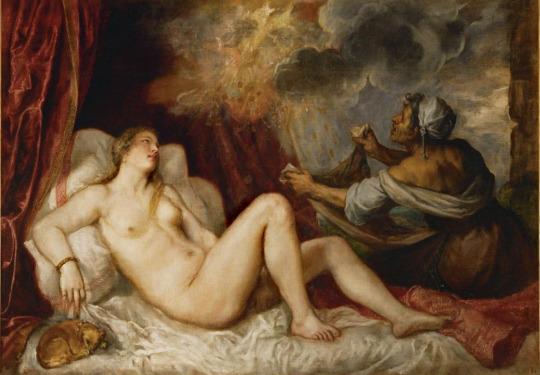
Figure 4. Titian’s Danaë
The contrast between premeditated design (Zheng) and the untrammeled naturalness (Yi & Qi) can be seen in the Western art, too. In Titian’s famous work Danaë (figure 4), the body of the woman to the left is derived from Michelangelo's female figure in the sculpture at the Medici Chapel entitled Night, possessing a great designing effect and sculpturality (similar to Jiang and Liu’s Zheng style); on the contrary, the white satin under her body is sketched by the bold slash of the brush (similar to Wang, Lu, and Liu Sha Zhui Jian’s Yi & Qi style), suggesting an unbridled idiosyncrasy, thereby foretelling the arrival of Baroque art.

(From left to right):
Figure 5 (a): Fu Shan’s imitation of Wang Xizhi’s Letter Written in the First Lunar Month
Figure 5 (b): Liu Sha Zhui Jian

(From left to right):
Figure 6 (a): from Figure 5 (a)
Figure 6 (b): from Figure 5 (b)
Figure 6 (c): from Figure 5 (a)
Figure 6 (d): from Figure 5 (b)
Figure 6 (e): from Figure 5 (a)
Figure 6 (f): from Figure 5 (b)
Fu Shan (1607-1684), who was the master for Qi’s style, considered premeditated Zheng’s design as a bete noire and he preferred untrammeled naturalness in his art. In Figure 5 (a), though it is Fu’s imitation of Wang Xizhi’s work, it bares greater resemblance to the wooden slip Liu Sha Zhui Jian in Figure 5 (b). Fu and Liu Sha Zhui Jian employed an unmodulated linearity (Figure 6 (a) and (b)), an untrammeled leisure (the “丿” in Figure 6 (c) and (d)), and an unembellished naturalness (the last horizontal line in Figure 6 (e) and (f)). Both of them epitomized Qi & Yi concepts.
It is worthwhile mentioning that Fu never had the chance to see Liu Sha Zhui Jian, which was excavated in 1906-1907 (see my previous Zheng Xiaoxu’s post), around three hundred years after Fu’s time. The striking similarity between Fu’s work and Liu Sha Zhui Jian testifies Fu’s inimitable capacity to imagine the broken part of the art history by tracing the path of calligraphic evolution.
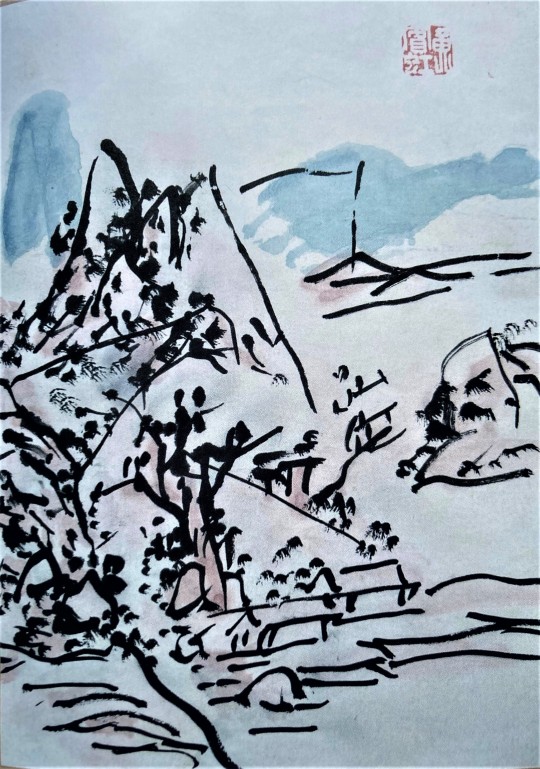
Figure 7: Huang Binhong’s Landscape Painting
Fu’s Qi legacy is carried on by Huang Binhong (1865-1955), an extraordinary Chinese modern landscape painter whose brushwork is characterized by raw, unmodulated, and untrammeled naturalness. The brushwork of Huang’s painting in Figure 7 bears a strong correlation to Fu’s brush in Figure 5 (a) and the satin of Danaë in Figure (4)---they are ad-libbed in the spur of the moment, implying an ephemeral yet highly-spiritualized transcendentalism.
According to The Petty Sayings of Painting, a famous thesis on Chinese painting esthetics, Chinese landscape painting is similar to the writing of cursive and running script --- the creation should not be restrained by rigor and workmanship (i.e., premeditated design, or Zheng). Dong Yuan’s (c. 934-962) interplay of voids and solids (see Figure 8, Dong’s The Rivers of Xiao and Xiang), Mi Fu’s (1051-1107) smoky mountains improvised by horizontal dots, Mi’s son Mi Youren’s (1074-1153, or 1086-1165) The Ink Play of Cloudy Mountains (see Figure 9), and Huang Gongwang’s (1269-1354) withered trees and lean mountains (see Figure 10, Huang’s Nine Submits after the Snow) exhibit a feeling of untrammeled naturalness. On the contrary, “only the vulgar artisans will deliberately create the meticulous paintings in order to please the audiences’ eyes.” The paintings made by this pleasing servitude is “drab and dour.”

Figure 8. Dong Yuan’sThe Rivers of Xiao and Xiang

Figure 9. Mi Youren’s The Ink Play of Cloudy Mountains

Figure 10. Huang Gongwang’s Nine Submits after the Snow
Yi & Qi also happens under Cezanne’s (1839-1906) hands. In Montagne Sainte-Victoire (Figure 11), Cezanne did not choose a refined brush to design remote mountains; instead, he created a simple calligraphic line as his abstract rendition of the landscape. For all these artists, mastering a skill of unpremeditated and sophisticated disegno (Zheng) is not difficult (and indeed, they did so when they were young); what challenged them most was how to get rid of formulaic design and create a free, simple, and impromptu Yi & Qi effect. By doing this, they presented their own characters rather than representing the rules and regulations of traditional and formulaic style.

Figure 11. Cezanne’s Montagne Sainte-Victoire
View more posts from the Zhou Cezong Collection of Chinese scroll and fan work.
– Jingwei Zeng, Special Collections graduate researcher.
#graduate research#Jingwei#Chinese calligraphy#Chinese fans#Chinese art#Chinese paintings#Chinese history#art history#calligraphy#calligraphers#Zheng style#Qi style#Jiang Qingji#Sun Guoting#Liu Gongquan#Wang Xizhi#Lu Ji#Liu Sha Zhui Jian#Fu Shan#Titian#Michelangelo#Huang Binhong#Dong Yuan#Mi Fu#Mi Youren#Huang Gongwang#Paul Cezanne#Zhou Cezong Collection#Tse-Tsung Chow Collection
36 notes
·
View notes
Text

twitter template
#svsss#mxtx#scum villian self saving system#ive been meaning to do this for 4ever but im disgustingly lazy#... should i tag everyone.. mayb just ships#bingqiu#moshang#mingling#draw svsss from memory#qi-ge too big to fit the panel........... i was cooking w that one#i lost the plot of my own art style halfway but yolo#tianxi#edit: it was gongzhi lol no zhuxiao
1K notes
·
View notes
Text


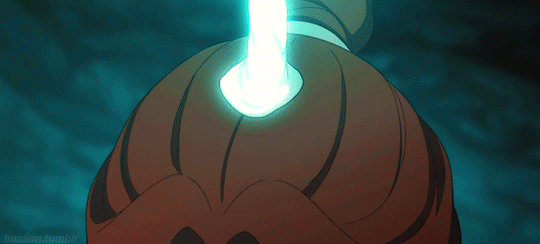
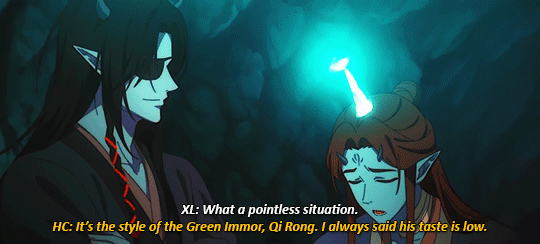
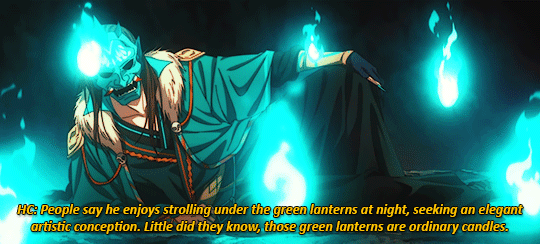
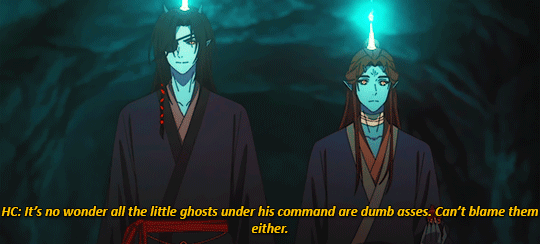



Hualian in Qi Rong's (low taste) style 🦋 | Heaven Official’s Blessing S2 Ep7
#tgcf#hualian#xie lian#hua cheng#tgcf spoilers#Qi Rong#san lang#heaven official's blessing#tian guan ci fu#mxtxnet#tgcfedit#tgcf donghua#tgcf season 2#mine#tgcf: gifs#gifs: donghua#hua cheng in this style....... simp alert activated#also not HC insulting qi rong at every moment I love it XD
1K notes
·
View notes
Text

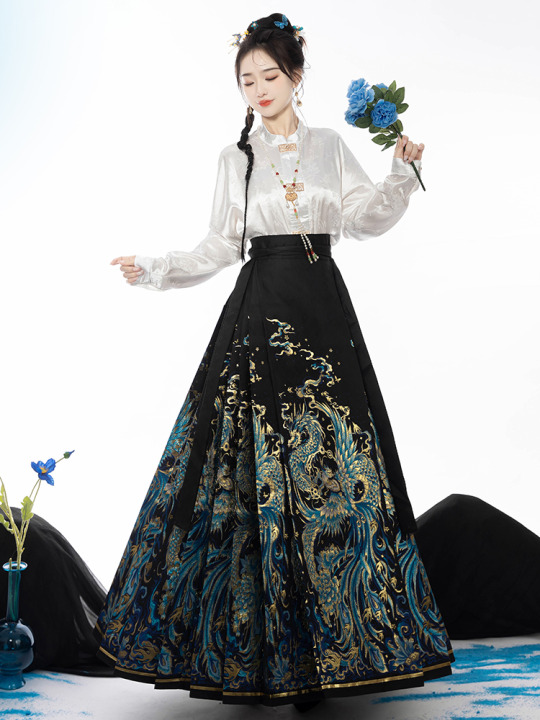


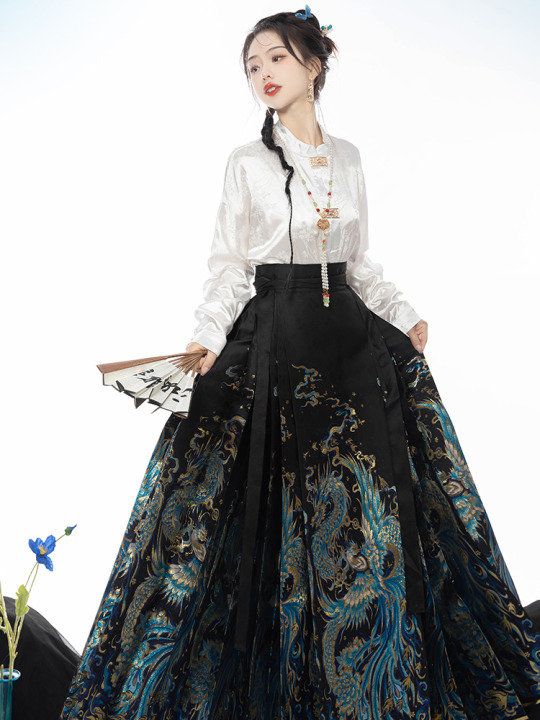


New Release: 【-The Auspicious Loong and Phoenix-】 Qi Lolita Hanfu Style Skirt
◆ Shopping Link >>> https://lolitawardrobe.com/the-auspicious-loong-and-phoenix-qi-lolita-hanfu-style-skirt_p8230.html
578 notes
·
View notes
Text
another reason i think that xie lian felt an instant connection on the ox cart is because he and hua cheng both grew up in xianle.
there are maybe 4 people still alive that grew up in that culture. based on my own experience, you can pick up on things like accent, cadence, references, and humor that suggest a person is from the same place as you without consciously noticing it. that sense of comfort and similarity probably played into their instant chemistry.
#thinking about how they are bonded together by being the only people who remember their dead culture... augh it kind of makes me want to cr#as much fighting as fengqing do they are really the only people who will EVER understand each other's childhoods#which. aughhhh#there's a lovely modern au fic by heavensturtle called ''i'm just there to admire you.'' where they talk about chinese diaspora go read it#fics that mention paradise manor being in the xianle style also make me want to bawl. especially when fxmq notice it#other people that remember xianle: qi rong. jun wu. mei nianqing. yeah. none of those people are easy to talk to#buried deep in the xianle quartets heads are things like xianxia silly bands and xianxia nickelodeon and xianxia hi chew that LITERALLY#NOBODY ELSE IN THE ENTIRE WORLD REMEMBERS. DOES THAT NOT MAKE YOU FEEL INSANE#the immortality in tgcf and how it affects memory and sense of self and relationships. ourgh#i speak#tgcf meta#tgcf#tgcf spoilers#i guess?#tian guan ci fu#tgcf books#heaven official's blessing#hob#xie lian#hua cheng#hualian#feng xin#mu qing#fengqing#xianle trio#xianle quartet
656 notes
·
View notes
Text
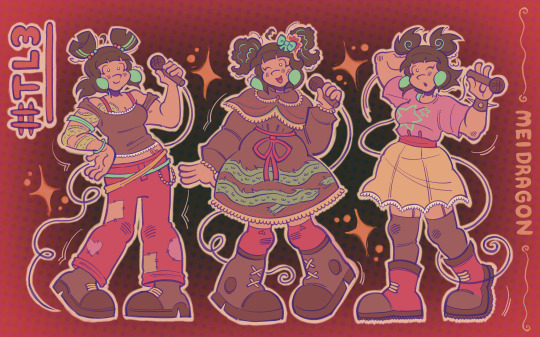
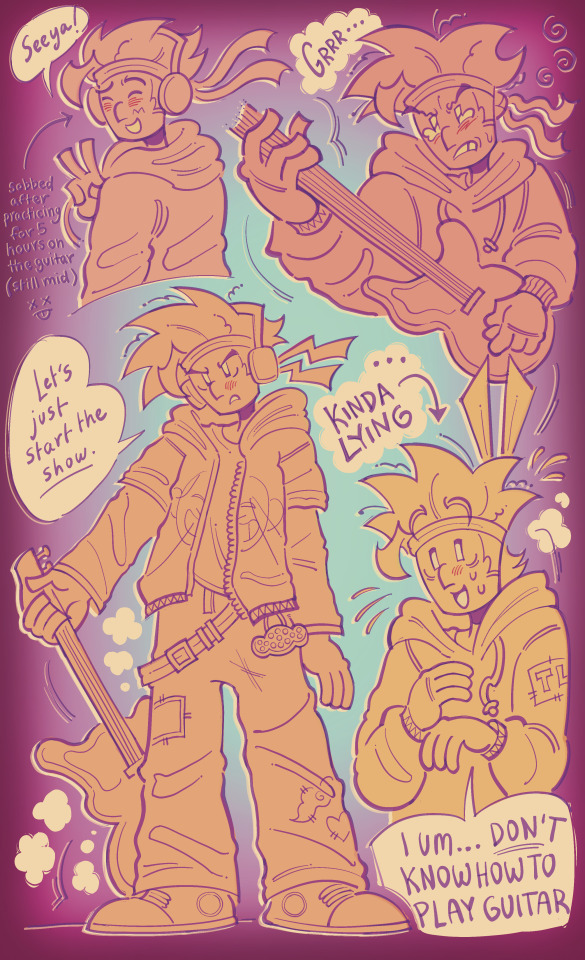
look at the sky and spot the breeze! ⭐️
#lmkTL3#they dont get many viewers per concert#but mei still likes to dress in many styles for each preformance#she likes preforming!#i forgar her tattoo on the last one...#wjoopesies#Mk has an interesting arc#they all do but mks is hm#mks a complicated preformer because he doesnt sing or play guitar like red son or mei... and he wants to!#but i think itd be difficult for him#maybe it just doesnt come as naturally to him as the others#which can be tough#if you want me to make a comic about them lmk ^_^#the last doodle at the top left is him skipping out on practice#too tired from fumbling at guitar practice (he gets better)#mk#mei#red son#qi xiaotian#long xiaojiao#lmk#lego monkie kid#monkie kid#lmk mk#lmk mei#Spotify
715 notes
·
View notes
Text
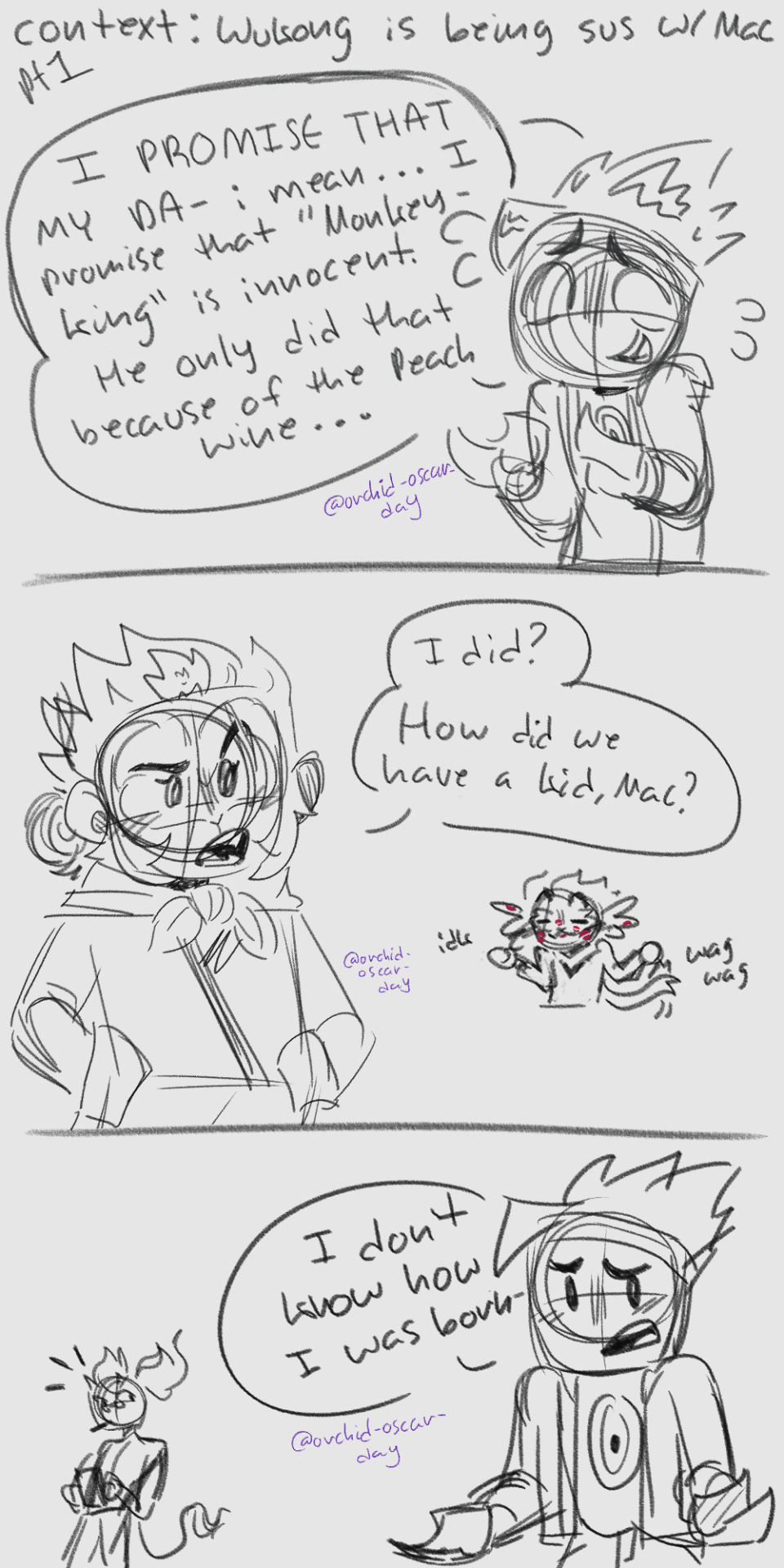
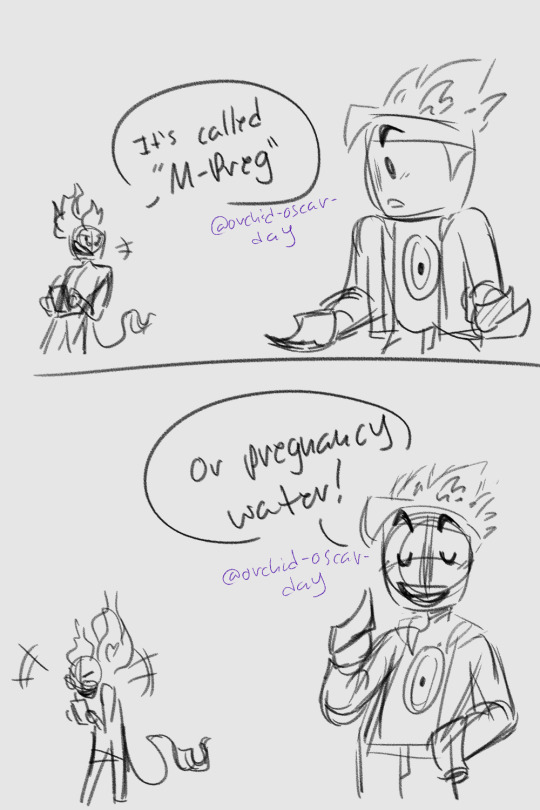
Based off a Pinterest comment section.
#day doodles#lego art style#lego monkie kid#lmk#lmk red son#MK#qi xiaotian#sun wukong#monkey king#macaque#liu'er mihou#six eared macaque#shadowpeach#slight spicynoodles#red son#gay#gay monkeys#jttw reference
190 notes
·
View notes
Text
S3 WIP I finally finished THANK GOD- ‼️anyway let Wukong and MK hug with both arms‼️
#the style and brush change half way through the video lmao#don’t blame me it’s been months#it’s a miracle I finished this smh#you can pry their shifu tudi relationship from my cold dead hands#qi xiaotian#lmk sun wukong#lego monkie kid#my art
572 notes
·
View notes
Text
“Congratulations” Part 1
In which Mr. Qi showed up at grandpa’s farm.


To be continued…(next part is in progress)
#sdv mr. qi#mr. qi#mr qi sdv#sdv fandom#sdv grandpa#stardew valley grandpa#stardew valley mr qi#stardew valley#stardew valley qi#stardew valley fanart#stardew fanart#sdv mr. qi fanart#sdv qi#sdv fanart#sdv art#sdv farmer#sdv comic#mr. qi and grandpa#mr. qi x grandpa#mr. qi and grandpa stories#I swear the story will make sense#immortal x mortal divorced couple but never married#if you read tag here’s some details from comic#do you notice that in second page when they answer each other they look at the opposite direction?#first time doing color comic#I’m experiencing with art style and comic right now#hope you like it!#Spotify
100 notes
·
View notes
Text

i was inspired by @seatokki's beautiful tgcf valentines to create my very own message for a special someone!! :) (provided your special someone is into cannibals)
#tgcf#qi rong#qi rong fanart#tian guan ci fu#tgcf fanart#this is my valentine FOR qi rong. qi rong i love you <3#<- he would eat me immediately#seatokki if u see this youre a creative genius amd i love ur valentines sm theyre so funny#ur tgcf art is just so!! shaped!! ur style... im obsessed
145 notes
·
View notes
Text

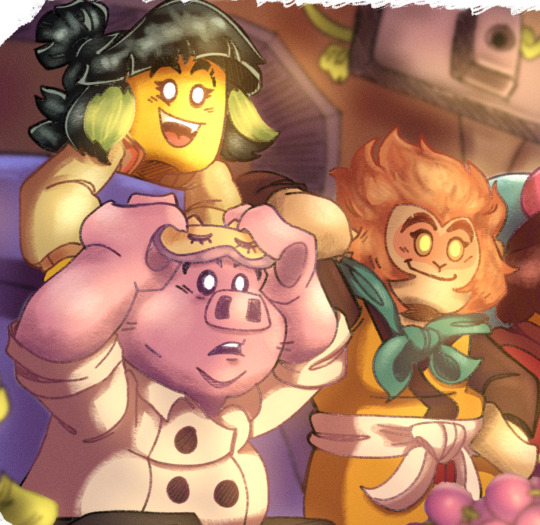

“The perfect world is what you make it, so as long as I have my friends by my side, this world is perfect!”
#SCREAMSS#them <333#the family ever#took a semi-realistic shading approach for this one!#different from my usual cartoon-styled coloring#I really like how this turned out#but for the sake of my sanity I’ll probably revert back to my simpler shading LOL#mari’s doodles#hehe new pfp#lmk fanart#lego monkie kid fanart#Lego monkie kid#lmk#lmk mk#lmk sun wukong#lmk mei#lmk sandy#lmk pigsy#lmk tang#lmk qi xiaotian#lmk monkey king#monkie kid fanart#monkie kid mk#sun wukong fanart#mk lmk#tang lmk#mei lmk#monkey king fanart#monkie kid
771 notes
·
View notes
Text
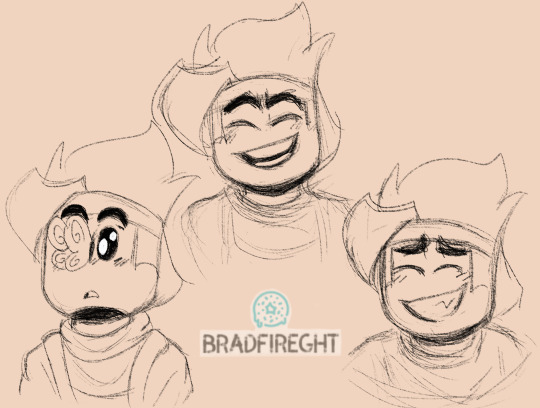
I don't usually use this social network too much but I bring here a little sketch of this sunshine boy!
#monkie kid#lego monkie kid#lmk#monkie kid fanart#monkie kid mk#lego monkie kid fanart#lmk mk#qi xiaotian#lego monkie kid qi xiaotian#Braditohdraws#lmk MK#my stuff#my style#sunshine boy
368 notes
·
View notes
Text

Another mk drawing, look at him so adorable he's supposed to be older but not ganna lie he didn't change.... At least i tried
#artists on tumblr#monkie kid#drawing#i'm so tired#art#monky mk#lmk mk fanart#qi xiaotian#bored#art style#art stuff#my teeth hurts...
100 notes
·
View notes
Photo


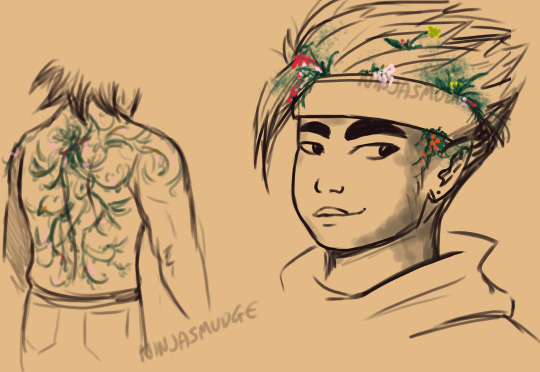
concept,
#lego monkie kid#monkie kid#thats it thats the post i was just adding more stone to the sone monkey#mk#qi xiaotian#six eared macaque#sun wukong#lmk sun wukong#lmk macaque#lmk mk#my art#mk art#these are all different styles bc i deed them like a month apart but whatever
952 notes
·
View notes
Note
How does macaque deal with little mk?
-🍡

So when I was looking into baby monkeys clinging to their mom’s bellies, I found something about how macaques carry their babies that way!
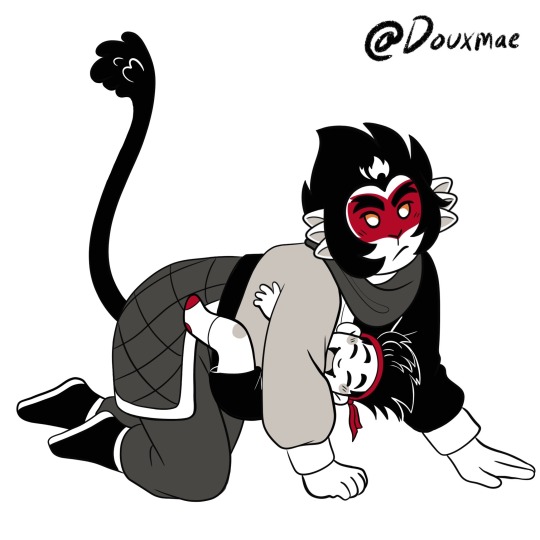
Wukong won’t carry him like that anymore because he’s fallen off and that scared him too much, but MK loves it.
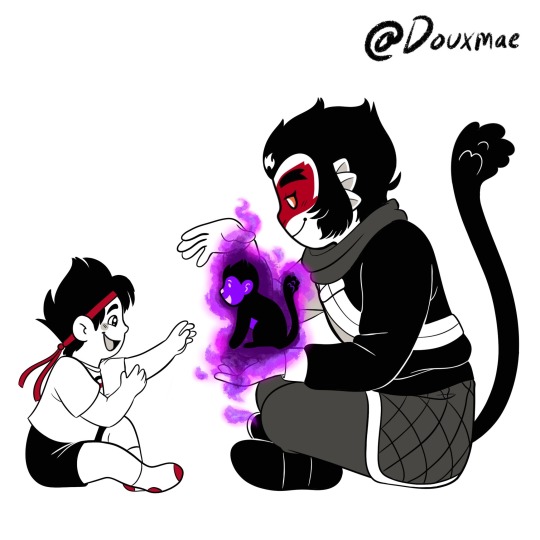
Macaque is the fun uncle and definitely uses his shadow manipulation to make little shadow puppets and animals to entertain MK! Trips to stay with Macaque at his dojo are MK’s favorite
#i think I might try a more sketchy style so these lil drawings don’t take me so long 😂#Lego monkey kid#lmk#lego monkie kid#lmk macaque#lego monkie kid macaque#lmk mk#lego monkie kid mk#macaque#mk#qi xiaotian#lmk qi xiaotian#lmk fanart#lmk fan art#lego monkie kid fan art#lego monkey kid fanart#lego monkey kid fan art#lmk macaque fan art#lmk macaque fanart#lmk mk fan art#lmk mk fanart#Lego monkie kid mk fanart#Lego monkie kid mk fan art#Lego monkie kid macaque fanart#Lego monkie kid macaque fan art#Lego monkey kid macaque#Lego monkey kid mk#fanart#fan art#baby mk au
482 notes
·
View notes
Text
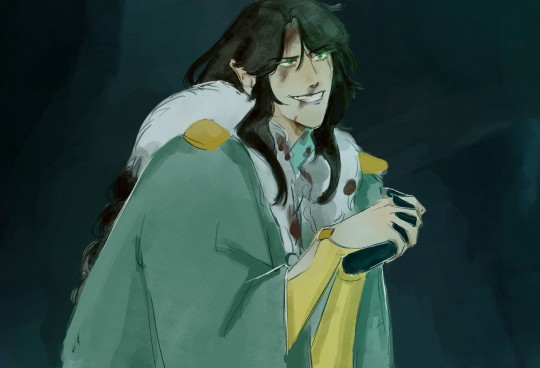
"...After all, you are so perfect, So pure and flawless, your holy light illuminates the earth, hahahahahaha..."
#artists on tumblr#digital art#fanart#art style#drawings#sketch#artwork#art#itsthayzinha#qi rong#qi rong fanart#mxtx tgcf#tgcf fanart#tgcf#tgcf donghua#mxtx novels#novel#danmei
100 notes
·
View notes